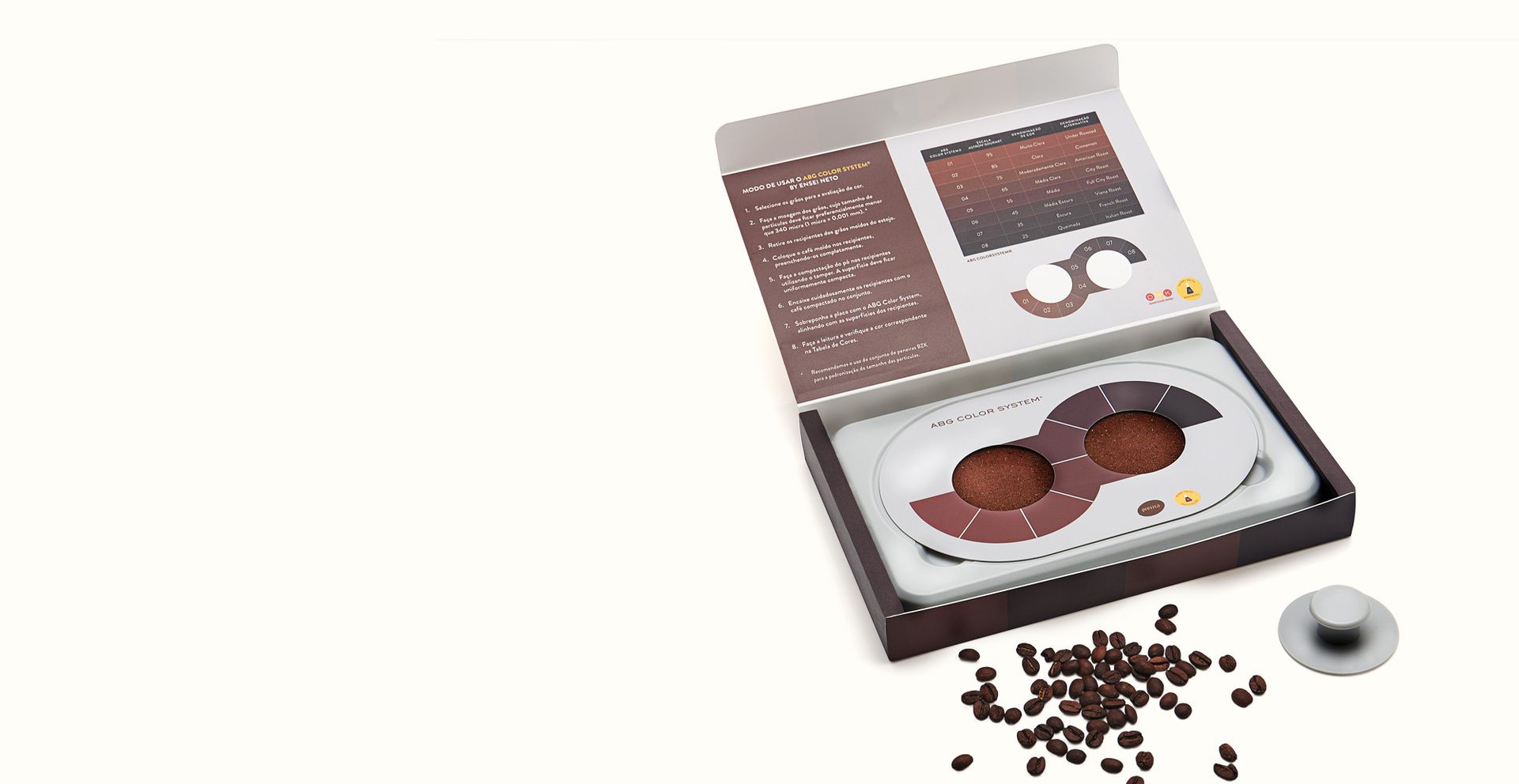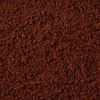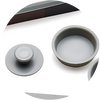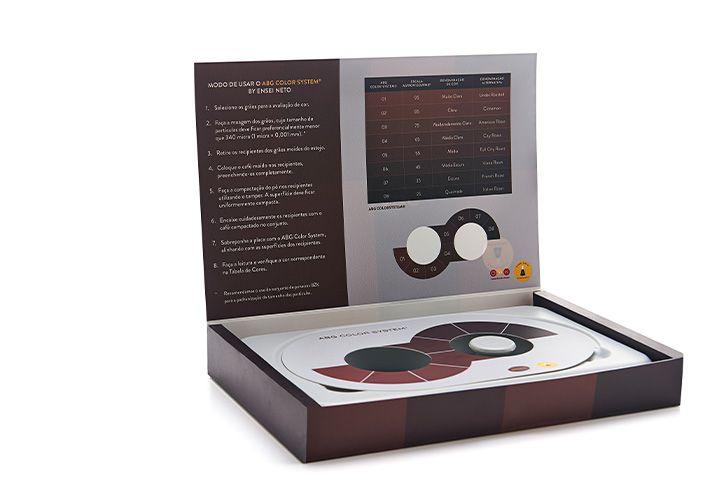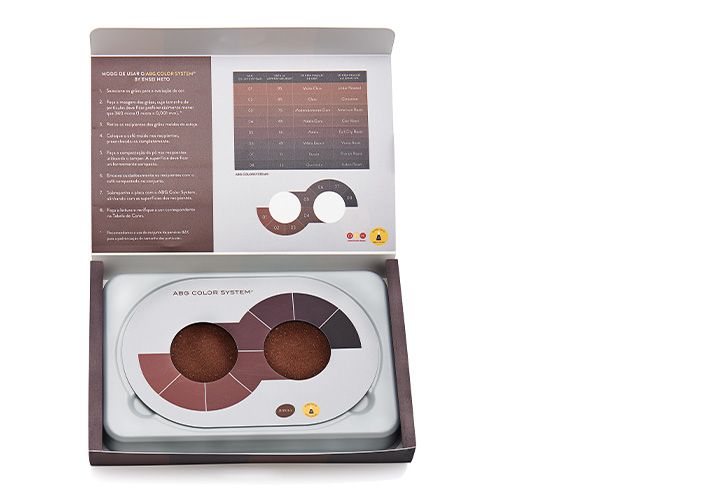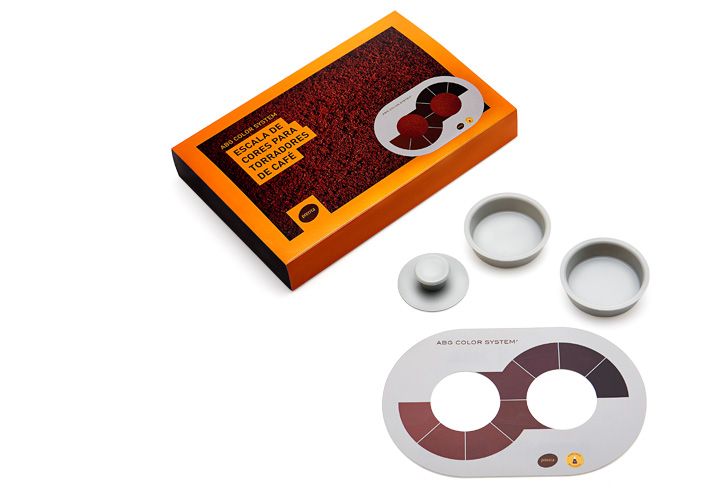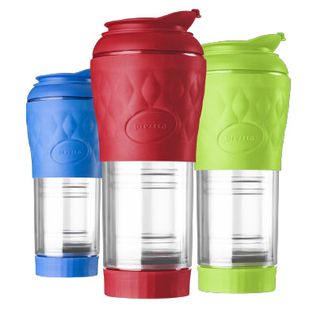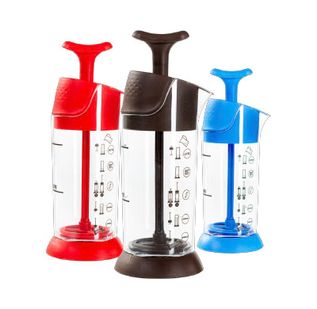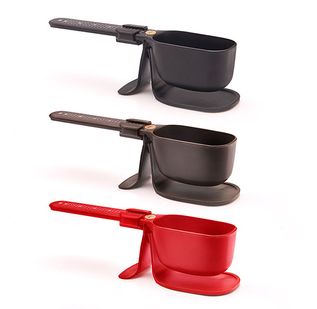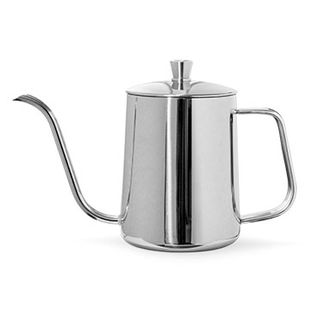Checking roasting profiles is much easier with the ABG COLOR SYSTEM - Color Scale for Roasted Coffee!
With the best cost-benefit on the market, the Color Scale is produced with high-tech materials, has excellent durability and resistance to humidity, besides an intuitive handling that allows a quick sensory response.
The kit contains two dishes for ground and compacted coffee, surrounded by a scale that works as a visual guide for the degree of roast, starting from the lightest to the darkest. The scale is a checking of the roasting process, used as an excellent tool for standardization.
Besides, it is also useful as didactic material for roasters, coffee shops, courses, and workshops.
